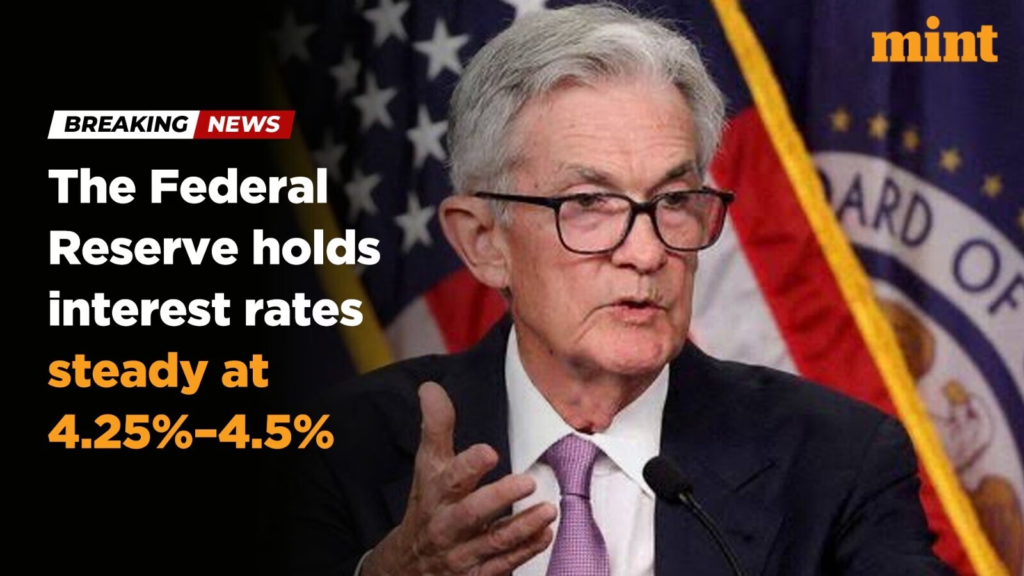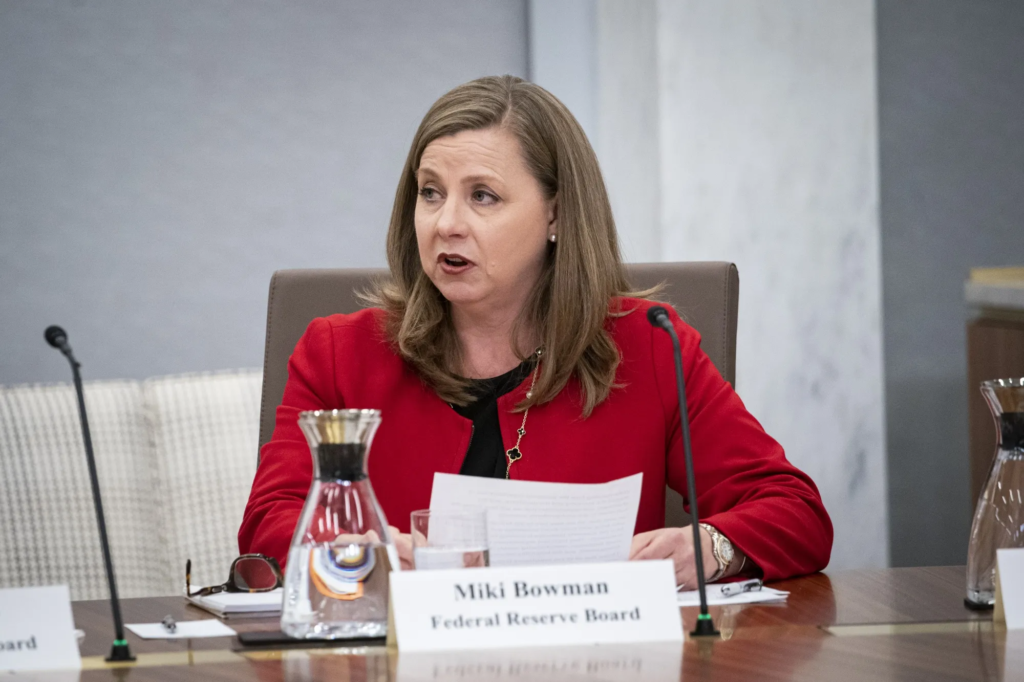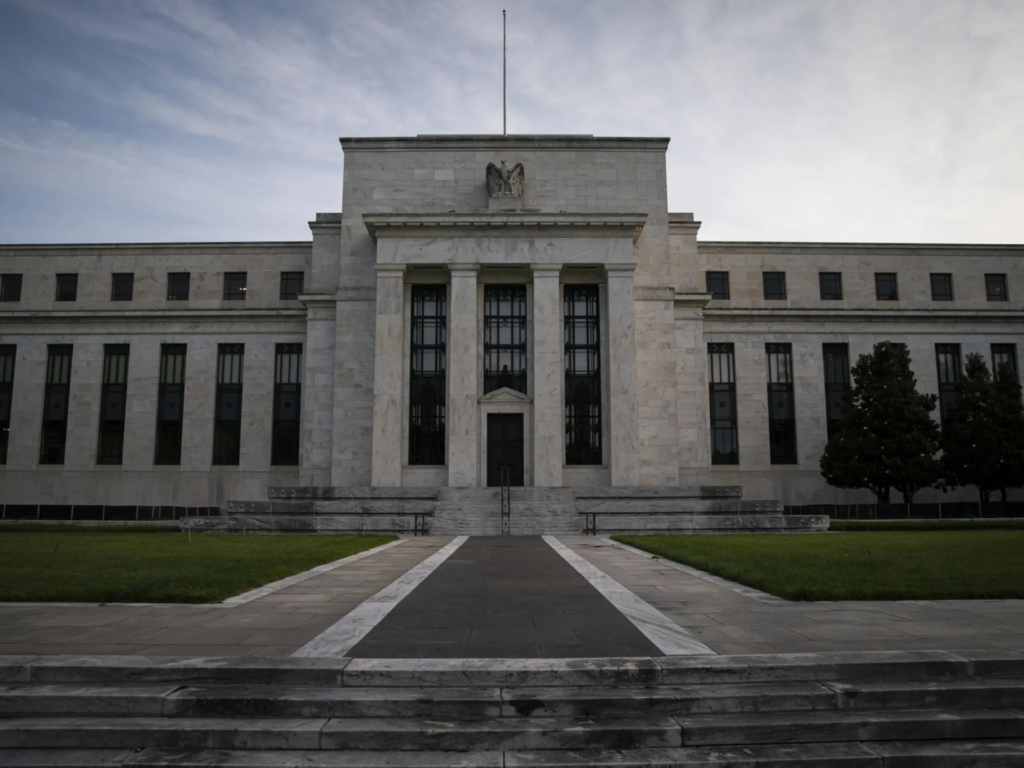Inflation has been a hot topic for years, and it’s not going away quietly. Despite the Federal Reserve’s aggressive interest rate hikes, prices for everyday goods like groceries, gas, and housing remain stubbornly high. For the average person, this feels frustrating—weren’t higher rates supposed to fix this? Let’s dive into why inflation persists, what the Fed is trying to do, and what it means for you.

What Is Inflation, and Why Does It Matter?
Inflation is the rate at which prices for goods and services increase over time. When inflation is high, your money doesn’t stretch as far. That $20 you used to spend on a week’s worth of groceries might now only cover a couple of days. Moderate inflation, around 2% annually, is considered healthy for economic growth. But when it spikes—like it has recently—it squeezes budgets and makes life harder.
Since 2021, inflation has been a rollercoaster. It hit a 40-year high of 9.1% in June 2022, driven by supply chain disruptions, energy costs, and strong consumer demand post-pandemic. The Federal Reserve, the U.S. central bank, stepped in to cool things down by raising interest rates. Yet, even as rates have climbed, inflation hasn’t dropped as much as expected. So, what’s going on?

The Federal Reserve’s Rate Hikes: How They Work
The Fed raises interest rates to make borrowing more expensive. When loans for homes, cars, or credit cards cost more, people tend to spend less. Businesses may also slow down on investments. This reduced spending is supposed to lower demand for goods and services, which should, in theory, bring prices down.
Since March 2022, the Fed has raised its benchmark interest rate multiple times, pushing it to a range of 5.25% to 5.5% by mid-2023, the highest in over two decades. These hikes have made mortgages pricier, car loans costlier, and credit card debt even more burdensome. But inflation, while down from its 2022 peak, still hovers around 3-4% in 2025, well above the Fed’s 2% target.
Why Isn’t Inflation Budging?
There are several reasons why inflation remains sticky, even with higher interest rates. Let’s break them down.
1. Supply Chain Issues Linger
The pandemic threw global supply chains into chaos, and while they’ve improved, they’re not fully healed. Ports, shipping routes, and factories still face delays, especially for semiconductors, auto parts, and raw materials. These bottlenecks keep costs high for manufacturers, who pass those expenses on to consumers. For example, car prices remain elevated because of ongoing chip shortages.
Energy markets are another sore spot. Geopolitical tensions, like conflicts in the Middle East or sanctions on oil-producing nations, have kept oil and gas prices volatile. When fuel costs rise, it affects everything from transportation to food production, driving up prices across the board.

2. Wage Growth Fuels Demand
Here’s a twist: higher wages can actually keep inflation going. As businesses compete for workers in a tight labor market, they’ve raised salaries. In 2024, average hourly earnings grew by about 4-5% year-over-year. While this is great for workers, it means people have more money to spend. This sustained demand encourages businesses to keep prices high or even raise them further.
3. Housing Costs Stay High
Housing is a huge driver of inflation, and it’s not cooling off. Rent and home prices have stayed elevated due to a shortage of affordable homes and strong demand. Higher interest rates make mortgages more expensive, which might slow home buying, but they don’t directly lower rents or existing home prices. In fact, landlords often raise rents to cover their own rising costs, like property taxes or maintenance.
4. Corporate Pricing Power
Some economists point to corporate behavior as a factor. Big companies, especially in industries like food, retail, and energy, have used the inflationary environment to boost profits. They raise prices beyond what’s needed to cover costs, knowing consumers will pay. This “greedflation” phenomenon has been debated, but there’s evidence that profit margins for some corporations hit record highs in recent years.
5. Expectations Keep Inflation Alive
Inflation can become a self-fulfilling prophecy. When businesses and consumers expect prices to keep rising, they act in ways that make it happen. Workers demand higher wages to keep up with costs, and companies raise prices to cover those wages. This wage-price spiral is hard to break, even with higher interest rates.
The Fed’s Challenge: A Balancing Act
The Federal Reserve is walking a tightrope. If it keeps rates too high for too long, it risks tipping the economy into a recession. Higher rates slow growth, and we’ve already seen signs of strain—unemployment ticked up slightly to 4.2% in early 2025, and small businesses are struggling with borrowing costs. But if the Fed cuts rates too soon, inflation could flare up again.
Some experts argue the Fed’s tools are blunt. Interest rate hikes hit certain sectors, like housing or manufacturing, harder than others. Meanwhile, inflation driven by supply issues or corporate pricing doesn’t respond as directly to rate changes. This mismatch makes it harder for the Fed to tame inflation without causing broader economic pain.
What Does This Mean for You?
For everyday people, persistent inflation means tighter budgets. Here are a few ways it might affect you:
- Higher Costs: Groceries, utilities, and rent will likely stay expensive, so you may need to prioritize spending or look for deals.
- Borrowing Challenges: Loans and credit card debt are pricier, so paying down debt or avoiding new loans is wise.
- Savings Squeeze: Inflation erodes the value of savings. If your money isn’t earning interest above the inflation rate, it’s losing purchasing power.
On the flip side, if you’re earning higher wages or have investments in assets like real estate, you might be better positioned to weather this storm. But for most, the pinch is real.
What’s Next for Inflation and the Fed?
Looking ahead, the path is uncertain. Some economists predict inflation will gradually ease as supply chains stabilize and energy markets settle. Others warn that structural issues, like labor shortages or climate-related disruptions, could keep prices high for years. The Fed has signaled it may pause rate hikes in 2025 to assess the economy, but cuts aren’t guaranteed.
Global factors also matter. If international trade tensions rise or new supply shocks hit, inflation could spike again. Conversely, a stronger U.S. dollar or falling commodity prices could provide relief.
How Can You Cope?
While you can’t control inflation, you can take steps to protect your finances:
- Budget Smart: Track your spending and cut non-essentials. Apps like Mint or YNAB can help.
- Shop Strategically: Buy in bulk, use coupons, or switch to store brands to save on groceries.
- Boost Income: Consider a side hustle or negotiating a raise to offset rising costs.
- Invest Wisely: If you have savings, explore high-yield accounts or inflation-protected bonds to preserve value.
Final Thoughts
Inflation’s persistence despite the Federal Reserve’s rate hikes is a complex issue with no easy fix. Supply chain woes, wage growth, housing costs, corporate pricing, and inflation expectations all play a role. While the Fed is doing its best to cool the economy, its tools have limits, and the road ahead is bumpy.
For now, staying informed and managing your finances carefully can help you navigate these challenging times. Inflation may not vanish overnight, but understanding why it’s sticking around empowers you to make smarter choices. Keep an eye on the economy, and don’t lose hope—tough times don’t last forever.
Read More:- Key swing states shaping the 2024 presidential election results






